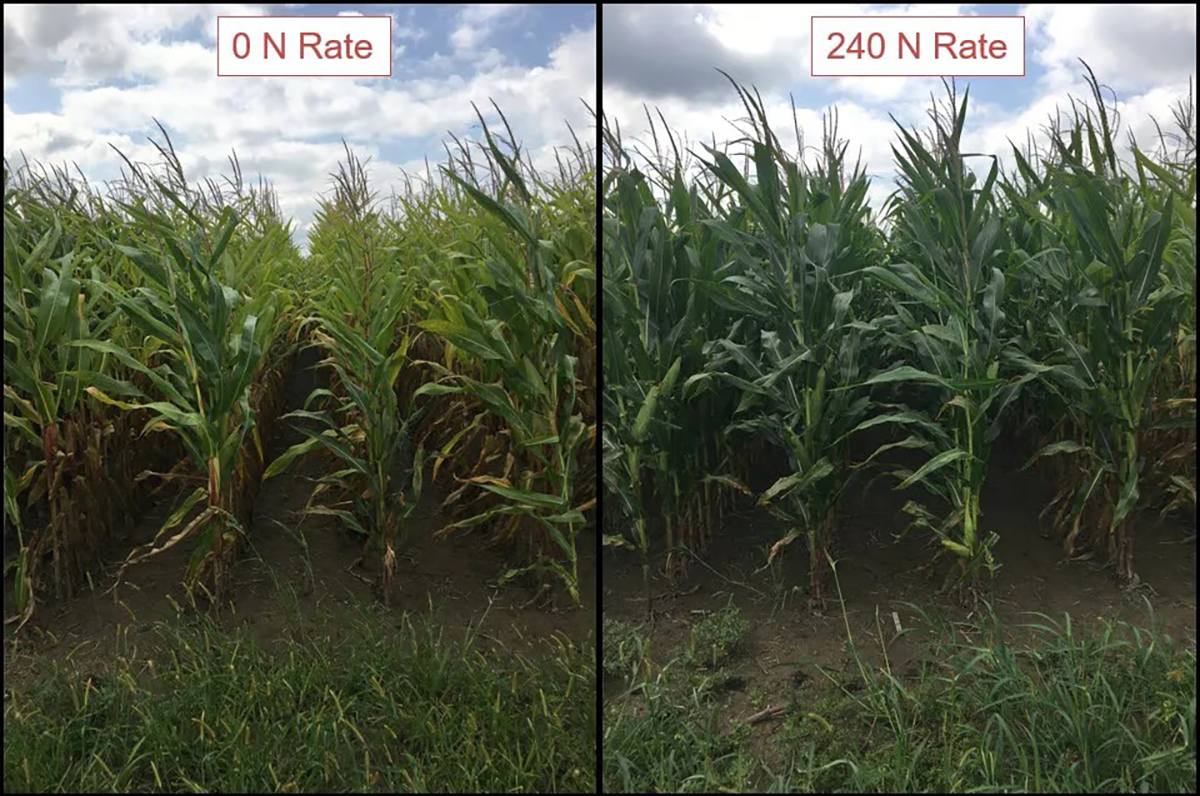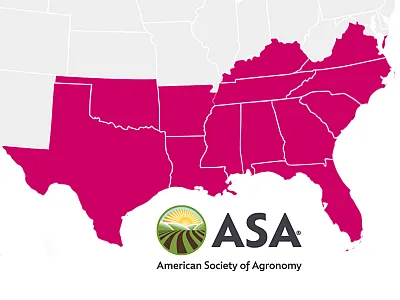Ohio corn nitrogen needs unchanged over the years despite 52% yield increase

Average corn grain yields in Ohio have increased substantially since the 1970s, largely attributed to a combination of improved corn breeds, better soil and crop management, and best practices with nitrogen (N) fertilization. However, the relative contribution of these factors to yield gain was not clear, so researchers from the Ohio State University synthesized 431 corn N rate trials over 45 years (1976–2021) from farmers’ fields and research stations to better understand trends in agronomically optimal N rates (AONR) and grain yields when N rates were optimal (YAONR).
They found that over the past half century, corn AONRs did not increase significantly, but YAONRs increased by 52%. More surprising was that over the same period, 80% of annual yield gains achieved with optimal N rates were from fields without any N fertilization. This suggests that most of the historical yield gain was not related to N management/additional fertilization, but largely due to improved corn varieties and better soil and crop management (e.g., implementing crop rotations).
Collectively, these findings contribute to our understanding of drivers of grain yield and provide novel insight into how agronomic nitrogen use efficiency has improved over time in the rainfed corn production systems in the Midwest.
Dig deeper
Fulford, A. M., Labarge, G., Lindsey, A., Watters, H., Ortez, O., & Culman, S. W. (2025). Historical trends in the nitrogen requirement of corn over 45 years in Ohio. Agronomy Journal, 117, e70049. https://doi.org/10.1002/agj2.70049
Text © . The authors. CC BY-NC-ND 4.0. Except where otherwise noted, images are subject to copyright. Any reuse without express permission from the copyright owner is prohibited.













